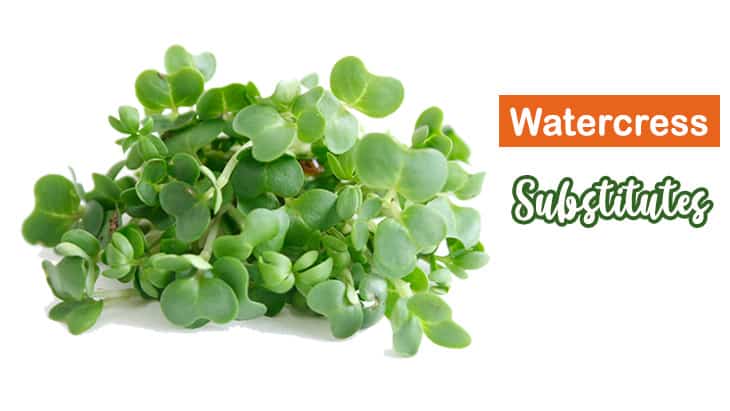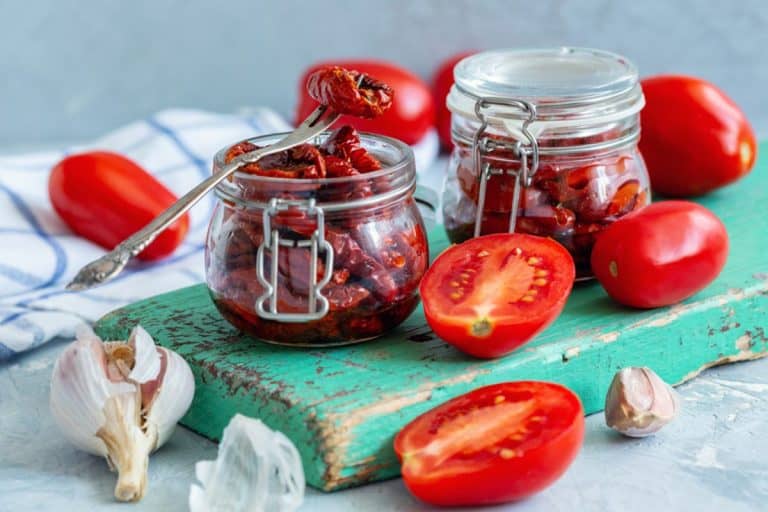
Anchovies are very popular little fish that can be bought in many supermarkets. These fishes can come in a variety of shapes and sizes. These are normally packed in tins with oil or vinegar, but you can also get them dry or fermented. Anchovies being mashed up and made into a paste will be the center of our discussion today.
Anchovies are versatile and can be used in a variety of dishes. These little fish have a distinct punch smell that people either love or hate. Yet, people cannot deny that anchovy paste adds a unique flavor that cannot be replicated with salt. This fish-flavor paste and salt are simply incomparable.
But, what if you don’t have any anchovy paste and still want to follow a recipe that asks for it? Thus, you may only need a small amount of anchovy paste in your dish and don’t want to waste money buying the entire pot. Don’t worry. We have got your back.
Here is a list of the best anchovy paste substitutes that allow you to recreate the same flavor.
8 Best Anchovy Paste Substitutes For Every Recipe
1. Soy Sauce

Anchovy paste gives your dishes a salty and umami flavor that resembles soy sauce. Yet, soy sauce is much more easily available. Thus, this is a high-protein food that can benefit people with high blood pressure and cardiac problems. Hence, if you cannot find anchovy paste, soy sauce is a fantastic substitute.
One thing to consider when using soy sauce as the substitute is the texture difference between soy sauce and anchovy paste. Soy sauce is much more liquid, while anchovy paste is thicker and has more texture.
Therefore, this substitute can have a significant impact on the overall texture and consistency of the meal, depending on what you use it for.
If the thickness of the anchovy paste is of crucial importance to your dish, you can mix a small amount of cornflour into the soy sauce to make it thicker. Otherwise, you can use soy sauce as a substitute without further notice.
2. Fish Sauce

You can easily find a bottle of fish sauce in any Asian market. Hence, it is a very common and easily accessible sauce.
Fish sauce is another option for replacing anchovies without sacrificing the flavor. This Asian special sauce is made directly from anchovy and occasionally from catfish sauce. Hence, the flavor can be intense and should be used sparingly. The potent taste can take over your dish and give off an unappealing smell. Another great idea is to use a little bit of fish sauce in your meatballs. It can elevate the flavor profile of your dish and work well with tomato sauce.
To get the best result from this anchovy substitution, use it in soups, stews, stock, or braise recipe that calls for anchovy paste. The recommended amount is half a tablespoon of fish sauce for every anchovy fillet needed.
Yet, be aware that fish sauce will not make a good substitute for Caesar salad. In this dish, anchovies should be the main ingredient and cannot be replaced by a sauce. Thus, fish sauce can also make your Caesar salad too fishy.
If you cannot find fish sauce in your local Asian market, you can get Worcestershire sauce for a similar result.
3. Seaweed/Nori
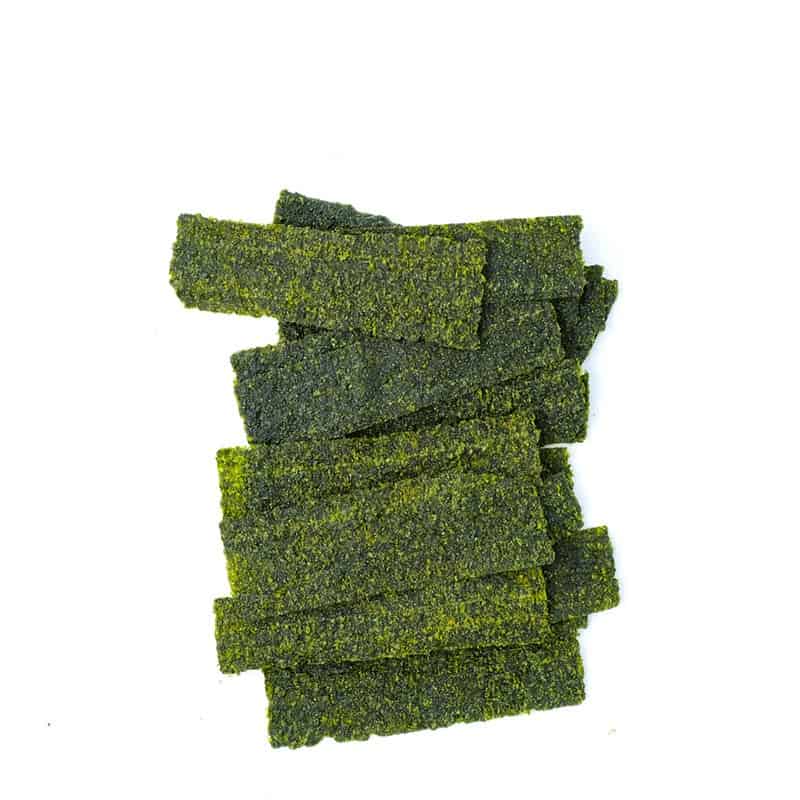
So far, this is one of the flavors that most closely resembles anchovy paste. Many people consider seaweed to be nothing more than useless ocean weeds. Yet, there are several types of seaweed that make excellent complement to your dishes.
Seaweed, particularly nori (the form that is the most easily available), has a salty, fishy flavor that is akin to anchovy taste. Nori usually comes in the form of dried sheets, and this form works fine for most dishes. It is simple to shred and sprinkle this sheet as you would do to any other herbs.
You can also prepare a sauce with nori. This sauce is known as nori tsukudani. All you have to do is put 2 cups of stock (usually dashi in the traditional recipe) into a pot with shredded nori sheets. You make some adjustments to this sauce based on how you want it to taste. If desired, add some soy sauce and other seasonings like sake or mirin. You will cook this mixture until the liquid has evaporated and only a salty reduction is left.
This sauce is the closest replacement you can get for anchovy paste. Although it takes more time and effort, the result will not let you down.
4. Miso Paste
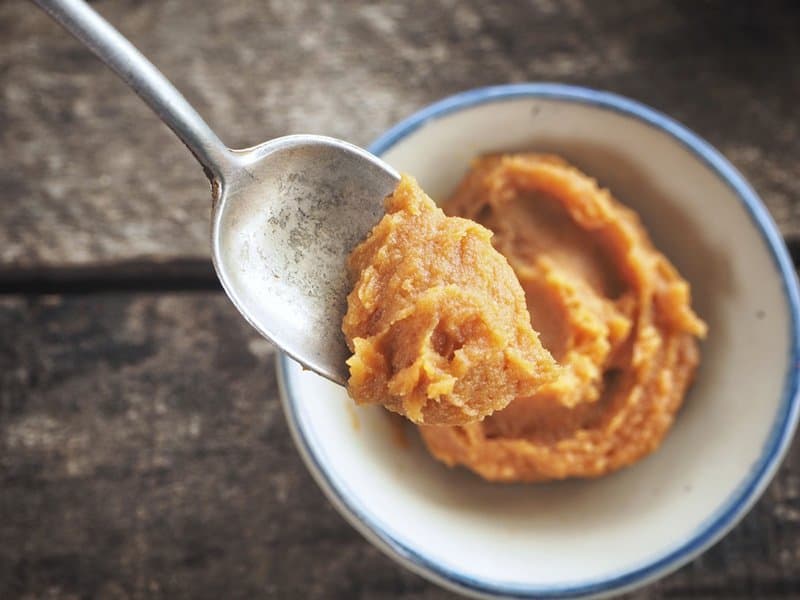
Miso paste has always been a staple in traditional Japanese cuisine. However, in recent years, it has grown in popularity around the world, particularly in the United States, for this paste makes delicious and nutritious soups and dishes.
Miso paste is thick, dense, and has a strong saltiness. Miso is made from soybeans which have a very neutral taste. To make miso paste, soybeans get fermented. The flavor of this paste comes from the salt seasoning and koji – a fungus that is used to sweeten foods, both of which are intensified through miso fermentation process. At the end, the paste has the thick texture of soybeans and the saltiness from the seasoning and the fermentation.
If you are concerned about the consistency of your dish and other liquidly substitutes like fish sauce and soy sauce cannot work, miso is an excellent replacement. As miso comes in a thick paste, it will have the same effect on a dish’s thickness as anchovy paste.
However, using miso as a substitute means that your dish will not have the oil that comes with the anchovy paste, which can also affect the texture of your food to some extent. Yet, you can easily fix the denser and drier consistency of miso by adding a little bit of oil to smooth out the texture.
5. Umeboshi Paste
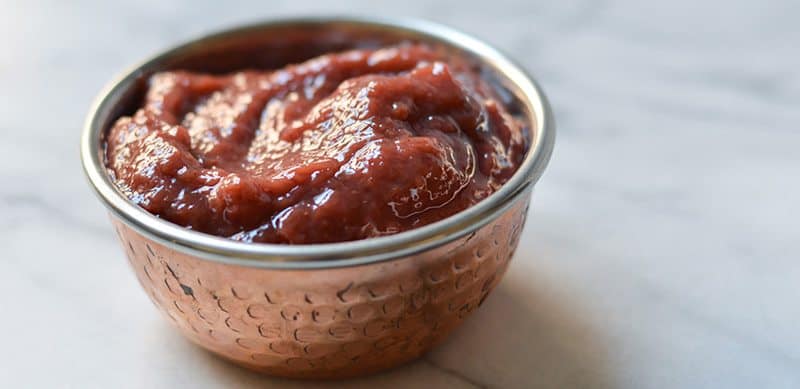
In terms of texture and flavor, Umeboshi paste is a perfect substitute for anchovy paste. It also has a lovely pink shade, which is much nicer and more appealing compared to the dark brown color of anchovy paste.
This paste is made from pickled plums and is often served as a side dish or as a dipping sauce. It can, however, be used as a flavoring agent in recipes. Because Umeboshi paste has a strong salty flavor, it makes a great substitute for anchovy paste. Another good news is even the consistency of the two sauces is also similar.
Made from anchovies, the anchovy paste can be rather oily and not as smooth and dense as the term “paste” may suggest. Since Umeboshi is made from pickled fruits, the paste retains a lot of its moisture. Hence, it can be separated in the same way that anchovies can, which can give your dish the texture of anchovy paste.
However, essentially, water is different from oil. Hence, before using Umeboshi, you should try and drain away all the water, or else all the water content might unwantedly end up in your dish. If you want the exact same texture with anchovy paste, remove all the water and add a little oil to make up for the removed water content.
6. Shrimp Paste
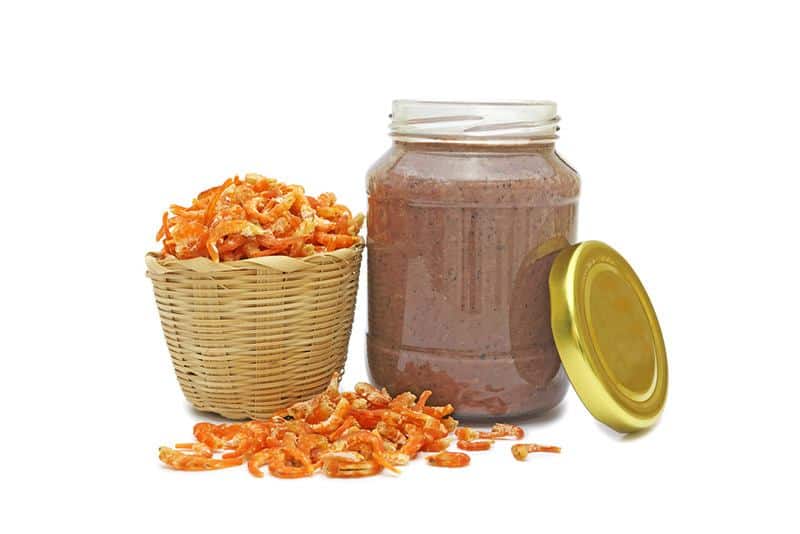
Shrimp paste is another great invention of Asian cuisines. It can also be found in almost every Asian market though it is not as popular as other common Asian sauces we know of. Despite its unappealing smell, an addition of shrimp paste can elevate any dish. It is commonly used in sauces and curries, and it is responsible for creating the distinct flavor of these foods.
Shrimp paste can be an excellent choice for anchovy glue under the extent of 1/2t because it has a unique flavor and spice. The flavor of this paste can be intense, hence, to make shrimp paste milder and more compatible with your dishes, add pureed tomatoes or margarine to balance out the powerful flavor.
Yet, if you have fallen in love with the flavor of shrimp paste, you can forget about the additional ingredients and enjoy it as it is.
7. Other Forms Of Anchovy
This option is the most straightforward substitute for anchovies paste and can come in many different shapes. In the case of anchovy products, there are many different versions of this fish on the market.
Three of the most common kinds of anchovy are whole anchovy (dried or non-dried), canned anchovy fillets, and anchovy paste. Since the main component of these variations is anchovies, they can theoretically all be substituted for one another if one kind of anchovy cannot be found. Yet, in terms of the form and the texture, you have to make adjustments to other forms of anchovy so that they can make a good replacement for the anchovy paste.
The anchovy paste has an intense taste. Meanwhile, the whole fish will have a much lighter and less-concentrated flavor. If you are going to use a filet as a substitute, you need one filet for half a teaspoon of paste. You can smash the fish into a paste-like consistency. Although this substitution will lack the vinegar and the anchovy paste season, it makes a pretty good substitution with a little bit more effort.
8. Capers
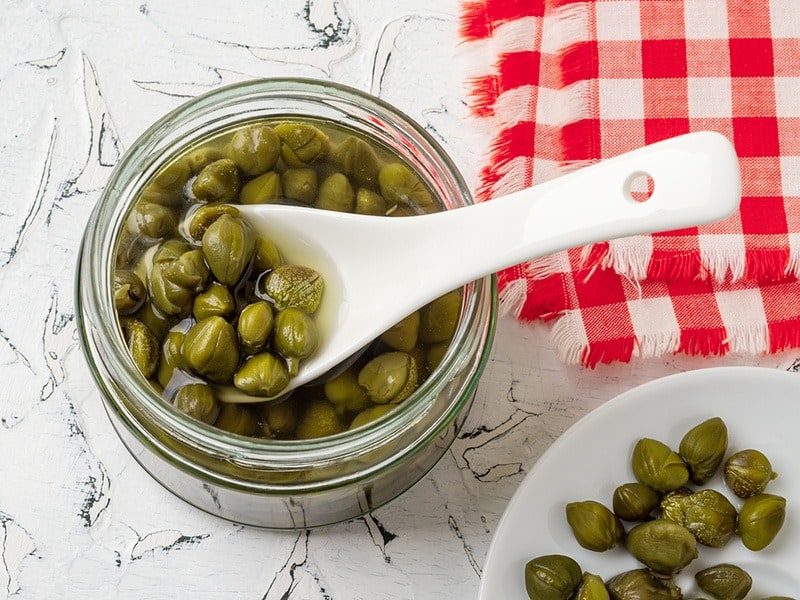
Capers resemble peas. Capers come in cans with salt and vinegar in the market and are commonly used as a seasoning in sauces and fish meals. Carpers can be found anywhere, so you will not have difficulty in getting this ingredient.
This is a good choice because capers have a strong flavor yet are not overpowering compared to some options. Half a teaspoon of capers for one teaspoon of anchovy paste is the ideal ratio for this substitution. Remember this ratio, and you have the perfect substitution for your anchovy paste.
Frequently Asked Questions
What Is A Vegetarian Substitute For Anchovy Paste?
If you are a vegetarian, you can follow the seaweed/nori substitution. Capers and umeboshi are great options too. All of them can replicate the flavor of anchovy paste and elevate your dishes with a more complicated saltiness.
Can I Make Anchovy Paste?
If you don’t mind the inconvenience involved in the making process, follow this recipe to make your own anchovy paste.
- You will need to prepare two portions of canned anchovies, one teaspoon of mustard, three teaspoons of vinegar, two tablespoons of olive oil, and other seasoning ingredients like garlic, thyme, black pepper.
- Put all the ingredients into a blender or a food processor. You can adjust the seasoning based on your preference.
- While the machine mixes all the ingredients, if you see any lumps or uneven blending in the process, you can add a few drops of olive oil to smooth everything out.
- When everything is smoothly blended and mixed with each other, take the mixture out, and you have had your anchovy paste.
Can I Use Sardines To Substitute For Anchovies?
Although sardines and anchovies have somewhat similar flavor profiles, fishiness, and saltiness, sardines cannot substitute for anchovies. To begin with, the fish flavor of these two types differ significantly. Sardine is milder in taste. Hence, it cannot replicate the strong and intense flavor of anchovy. Thus, their textures are by no means similar. Hence, using sardines instead of anchovies means sacrificing the texture of your dish. Therefore, sardines cannot make a suitable replacement for anchovies.
Conclusion
Now you have had everything you need to know about the substitute for anchovy paste. Since there are many options that you can choose from, you can try out different substitutes and decide which one is the best for you.
Thus, if you don’t like the taste of anchovy paste, but your recipe still calls for this ingredient, the substitutes are the way to go.
So, go explore the substitute option and create wonderful dishes. You can thank us later!
Related Posts:
- Substitute For Tarragon Vinegar That You Can Not Miss
- Substitute For Green Onion: Top 12 Options You Should Try
- Best 15 Cayenne Pepper Substitute Options For Your Dishes

